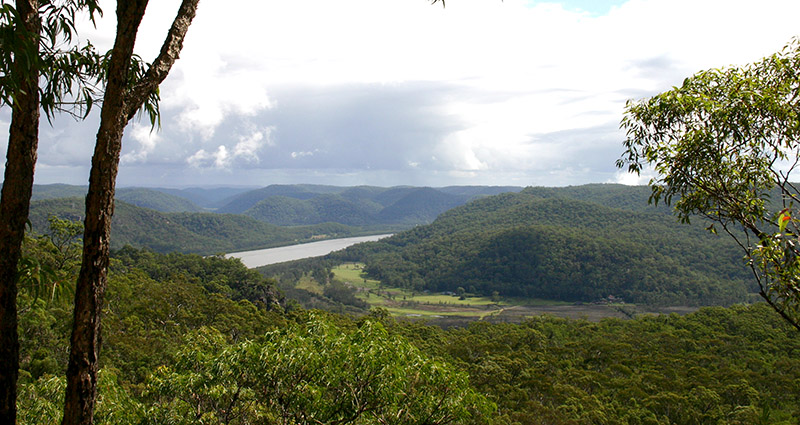Threats to Platypus
People hunted the platypus for their fur in the early 1900s, but they're now protected. Platypus populations are believed to have declined or disappeared in many catchments, particularly in urban and agricultural landscapes. Given their dependence on freshwater systems, destruction of creek bank plants, siltation and other waterway pollution are major threats. Water extraction, dams and diversions to water flow have a big impact. Water quality and in-stream habitat (such as submerged roots, branches, and logs) are critical, so degradation of these elements is a threat. Run-off from agriculture (sediments and nutrient load) can degrade platypus habitat. If you catch yabbies, you should know that Opera house-style yabby traps are illegal and have caused many drownings of platypus, native water rat (rakali), and turtles. Please do not use them!
Platypus can be killed by being sucked into the unguarded inlets of irrigation pumps or mini-hydroelectric generators. Water extraction or removal can also contribute to reduced water flow in creeklines and cause a reduction in the overall amount of platypus habitat.
Natural predators of the platypus include snakes, water rats, goannas, hawks, owls, and eagles, yet these are unlikely to have affected overall platypus numbers. Up until the early twentieth century, they were widely killed by humans for their fur, and introduced predators such as foxes, dogs and cats are presumed to have had a major impact on populations.
Platypuses are also vulnerable to the effects of pollution and declining water quality. The misuse of chemicals (such as pesticides, herbicides, surfactants, and fertilizers) near waterways can disrupt the aquatic food chain, greatly reducing the platypus food supply. For the platypus to stay warm while in the water, its fur must remain completely clean and waterproof, and not be fouled by oil or other pollutants. Furthermore, they are not adept at removing objects caught around the head or body and can die after becoming ensnared in litter such as loops of nylon fishing line or even hair tie elastics.
Platypus and their food species struggle to survive in areas where native vegetation has been cleared from creeks and riverbanks. Furthermore, due to Hornsby’s ridge top style development, and past poor building site sediment control practices, many of the deeper ponds along our local creeklines have been filled with sediment from urban run-off. The expansive hard surfaces and stormwater systems of our urban areas have created fast-flowing, high-energy surges whenever it rains. Such conditions may not be ideal habitat for platypus nor their prey.







